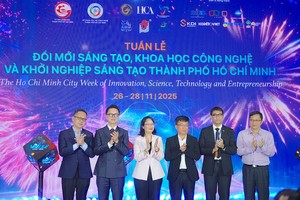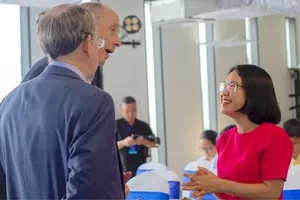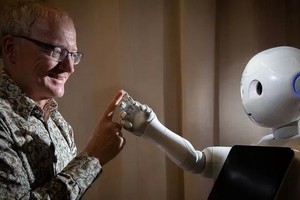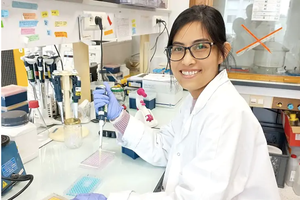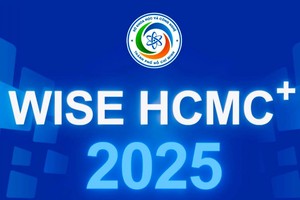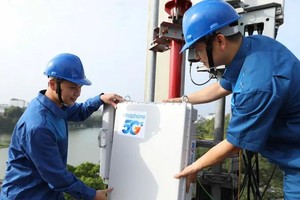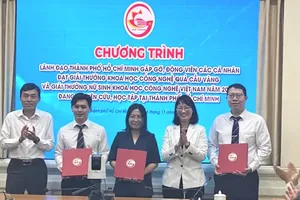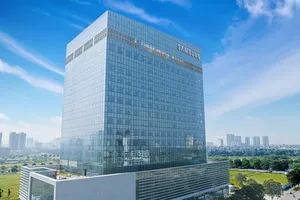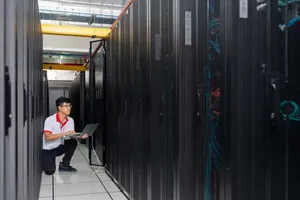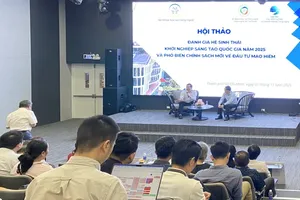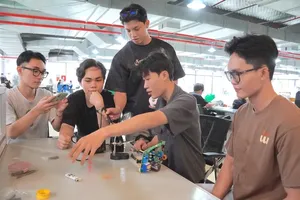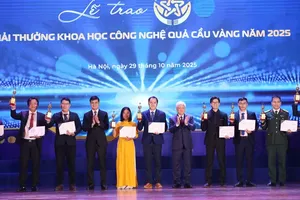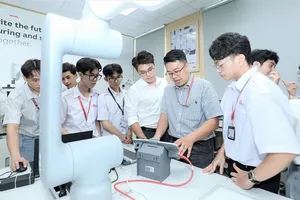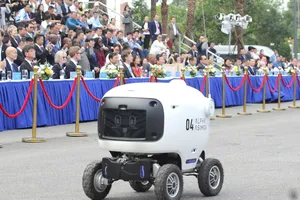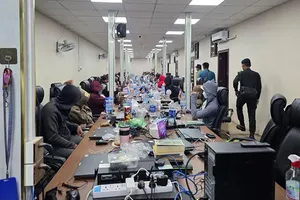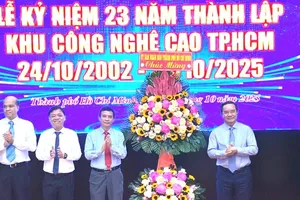
Various activities done by the HCMC departments of Science – Technology, Industry – Trade, as well as the State Bank of Vietnam have display a passionate interest of the municipal authorities in promoting technological implementation in businesses and manufacturers. And there is no better way than aiding to form a strong link between the government – business – educational institutes regarding this matter.
According to Deputy Director of the HCMC Department of Science and Technology Nguyen Ky Phung, several methods have been exploited worldwide for the cooperation between businesses and educational institutes, yet they run around the eight major collaboration models of scientific-technological research, research result commercialization, student exchange promotion, academy staff exchange promotion, training program building, life-long studying encouragement, innovative spirit and startup activity boosting, school management participation.
Highly aware of these schemes, for the past few years, HCMC has performed many solutions, such as Directive No.04 dated in 2000 on implementing the program to support businesses modernize equipment and technology with low cost, to promote collaboration between the business and science communities
In particular, the Department of Science and Technology has supported several piloting projects to create domestic equipment to gradually replace imported one in order to reduce cost by 30 percent to 70 percent, especially in the fields of mechanics – automation, electronics – information technology, food processing, chemicals – plastic – rubber. Since 2016, it has invested a total amount of VND204.8 billion (approx. US$10.4 million) in 116 projects.
Certain difficulties have arisen on the way, many of which related to legal limits. Current laws in Vietnam has no article about the cooperation between universities and businesses except some content about encouraging this activity. What is more, existing regulations concerning autonomy in universities, university-originated business establishment are creating more trouble while present mechanisms have never mentioned any detail about governmental support as to tax or finance for this cooperation.
Deputy Director Phung reported that an educational institute normally has two focused missions of training and doing scientific research. Problems arise when these organizations have to allocate a part of their resources for these links, negatively expanding the gap between businesses and universities and leading research activities unwillingly further away from practical demands of the market. This means the inability to commercialize research results.
Adding to the above problems is the difficulty in technology transfer due to limited finance, insufficient infrastructure, incapable human resources.
However, the most formidable barrier against a close collaboration between businesses and universities lies in the lack of confidence between the two partners and the inability to accept investment risk, despite certain positive results lately. These psychological obstacles exist partly due to an indifferent attitude of the local authorities towards these connections or practical programs to promote them.
It is hoped that the currently launched program of HCMC would be able to positively change this situation in the near future.
